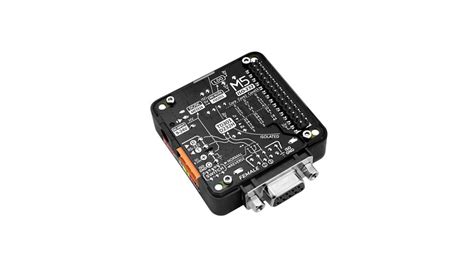
ALL ABOUT FLEX PCB
-
 Read more: HC-12 – Using a Serial Embedded Communication Module
Read more: HC-12 – Using a Serial Embedded Communication ModuleIntroduction to Serial Communication Modules Serial communication modules are essential components in embedded systems that enable data transmission between devices. These modules allow for efficient and reliable communication over various distances, making them ideal for applications such as remote monitoring, control systems, and wireless sensor networks. One popular serial communication […]
-
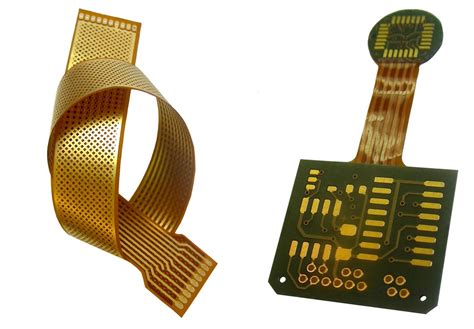 Read more: Flex PCB Manufacturer-Valuable And Useful Introducing
Read more: Flex PCB Manufacturer-Valuable And Useful IntroducingWhat is a Flex PCB? A Flex PCB, or Flexible Printed Circuit Board, is a type of printed circuit board that is designed to be flexible and bendable. Unlike traditional rigid PCBs, Flex PCBs can conform to various shapes and angles, making them ideal for applications where space is limited […]
-
What Gerber Files are Supported by RAY PCB?
Posted by
–
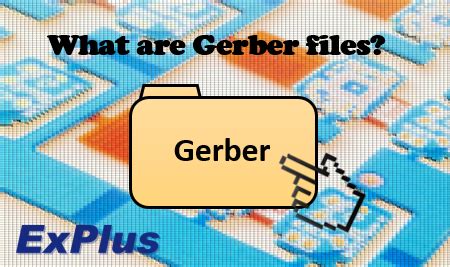 Read more: What Gerber Files are Supported by RAY PCB?
Read more: What Gerber Files are Supported by RAY PCB?Understanding Gerber Files Gerber files are the industry standard for PCB design and manufacturing. They contain all the necessary information required to fabricate a PCB, including copper layers, solder mask, silkscreen, and drill data. Gerber files are generated from PCB Design Software and are used by PCB Manufacturers to create […]
-
lm386 Amp: Everything You Need to Know
Posted by
–
 Read more: lm386 Amp: Everything You Need to Know
Read more: lm386 Amp: Everything You Need to KnowIntroduction to the LM386 Amplifier The LM386 is a popular low-voltage audio power amplifier integrated circuit (IC) designed for use in low-power consumer applications. This versatile amplifier is widely used in various projects, ranging from portable audio devices to small-scale audio systems. In this comprehensive guide, we will delve into […]
-
How To Make Flexible-heaters the Most Valuable
Posted by
–
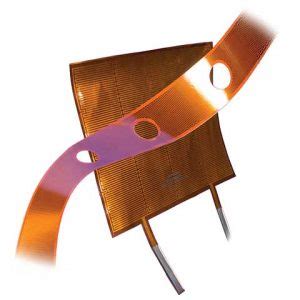 Read more: How To Make Flexible-heaters the Most Valuable
Read more: How To Make Flexible-heaters the Most ValuableUnderstanding Flexible-heater Technology Before diving into optimization techniques, it’s crucial to understand the basics of flexible-heater technology. Flexible-heaters are thin, lightweight, and can conform to various shapes and sizes. They typically consist of a heating element, such as a resistive wire or conductive ink, sandwiched between layers of insulation and […]
-
What is IC programming in PCB assembly
Posted by
–
 Read more: What is IC programming in PCB assembly
Read more: What is IC programming in PCB assemblyIntroduction to IC programming IC programming, also known as integrated circuit programming or chip programming, is a crucial step in the PCB Assembly process. It involves writing specific software or firmware onto the integrated circuits (ICs) used in printed circuit boards (PCBs). This programming process enables the ICs to perform […]
-
Integrated Circuit Systems Ultimate Guide
Posted by
–
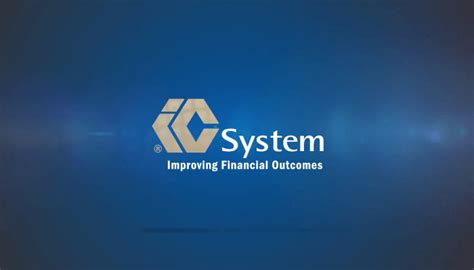 Read more: Integrated Circuit Systems Ultimate Guide
Read more: Integrated Circuit Systems Ultimate GuideIntroduction to Integrated Circuit (IC) Systems Integrated circuit (IC) systems have revolutionized electronics and computing since their invention in the late 1950s. An integrated circuit is a miniaturized electronic circuit consisting of semiconductor devices like transistors, resistors, capacitors and their interconnections fabricated onto a tiny chip of semiconductor material, typically […]
-
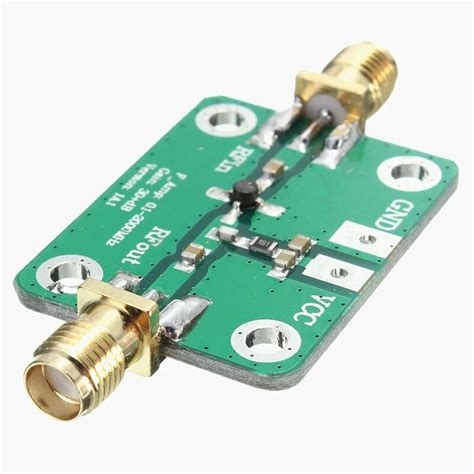 Read more: 7 Tips you Need to Know About the Design of Low-noise Amplifier FR
Read more: 7 Tips you Need to Know About the Design of Low-noise Amplifier FRIntroduction to Low-noise Amplifiers A low-noise amplifier (LNA) is an electronic amplifier used to amplify very weak signals captured by an antenna. It is usually located very close to the antenna to minimize losses in the feedline. LNAs are a key component in many radio communications systems, including cellular networks, […]
-
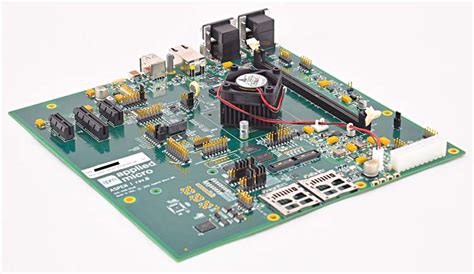 Read more: The Most full 12 Ways to Help you Evaluate PCB Supplier
Read more: The Most full 12 Ways to Help you Evaluate PCB Supplier1. Manufacturing Capabilities and Technology One of the primary factors to consider when evaluating a PCB supplier is their manufacturing capabilities and the technology they employ. Look for a supplier that has state-of-the-art equipment and can handle the specific requirements of your PCB designs. Key Aspects to Assess: PCB fabrication […]
-
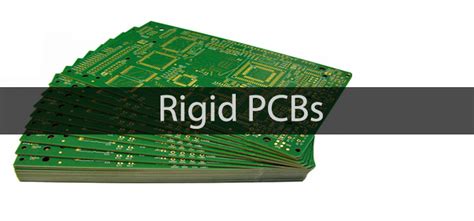 Read more: Single-Sided And Double-Sided PCB – What You Should Know(latest)?
Read more: Single-Sided And Double-Sided PCB – What You Should Know(latest)?Introduction to PCB Types Printed Circuit Boards (PCBs) are essential components in modern electronics. They provide a platform for mounting and interconnecting electronic components, enabling the creation of complex circuits. PCBs come in various types, each with its own characteristics and applications. In this article, we will focus on two […]




